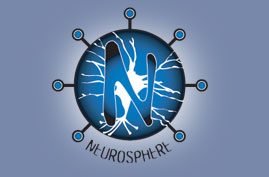Blimposphere
Network Infrastructure for the Neurosphere
I have seen proposals to deliver high speed internet access over electric power lines, by a network of 870 low earth orbit satellites, even by bouncing signals off meteors. I don’t believe this one is a business either, but I really want them to try.
“The latest broadband delivery system has seen researchers looking to the skies to provide super-fast internet access via airships. Airships in the stratosphere beaming back broadband capable of speeds up to 120Mbps may seem like fantasy. But tests in Sweden have suggested it could become a reality within three to five years.”
http://news.bbc.co.uk/2/hi/technology/4354446.stm
(Tip of the neurohat to FUTUREdition newsletter from the Arlington Institute)
